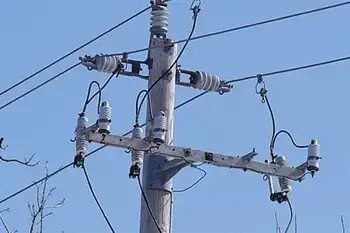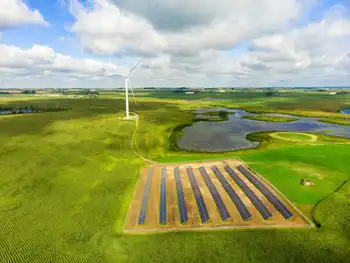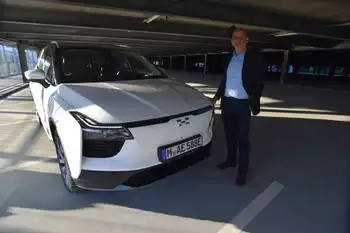FPL Energy becomes NextEra
FPL Group, the big electricity services provider, said it plans to rename FPL Energy, its renewable energy subsidiary — and the largest generator of wind and solar power in North America. It will hereafter be called NextEra Energy Resources.
The name reflects the company’s role in “building the energy of the future” said Mitch Davidson, NextEra’s president and chief executive, who noted the company’s leading role in wind and solar production.
Another problem with the old name: FPL, which stands for “Florida Power & Light,” had become something of a misnomer for the renewables division. “FPL Energy actually doesn’t do any business whatsoever inside the state of Florida,” Mr. Davidson said.
(The parent company, the FPL Group, includes a large Florida electric utility, and is not changing its name.)
FPL Energy is hardly the only company in the energy business getting a name makeover to emphasize clean energy.
British Petroleum began calling itself Beyond Petroleum some years ago, to emphasize its renewables credentials. Last year Citizens Gas & Coke Utility, an Indianapolis-based energy-services provider, cited a growing focus on energy-conservation when it changed its name to Citizens Energy Group.
And Miller Petroleum, which defines itself as “an oil and natural gas exploration, production and drilling company operating primarily in the heart of Tennessee’s prolific and hydrocarbon-rich Appalachian Basin,” recently announced a name-change to Miller Energy Resources, because “it broadens our focus from petroleum to all energy sources including clean natural gas.”
Related News

US Electricity Market Reforms could save Consumers $7bn
WASHINGTON - Electricity-market reforms to enable more renewables generation and storage in the Midwest, Great Lakes, and Mid-Atlantic could save consumers in the US and Canada more than $6.9 billion a year, according to a new report.
The findings may have major implications for consumer groups, large industrial companies, businesses, and homeowners in those regions, said the Wind-Solar Alliance, (WSA), which commissioned the Customer Focused and Clean report.
The WSA is a non-profit organisation supporting the growth of renewables. American Wind Energy Association CEO Tom Kiernan is listed as WSA secretary.
"Consumers are looking for clean, affordable and reliable energy that will keep…




